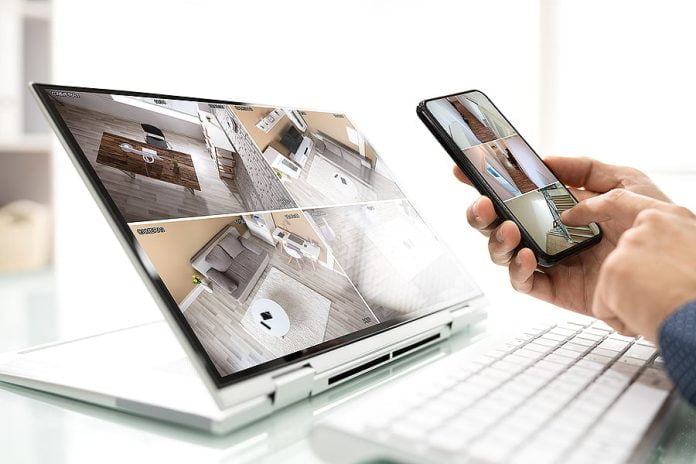Professional Monitoring Or Self-Monitoring?
♦ Professional monitoring or self-monitoring – is it possible for alarm installers to find a balance?
The question of self-monitoring of alarm events seems to get trickier as security solutions and the apps that govern many of them become more sophisticated. Given bureau monitoring of clients remains a valuable contributor to installer revenue, finding a balance is very important.
That balance is going to include ensuring your monitoring station supports your chosen solution, as well as ensuring the alarm and automation system supports end user requirements. There’s also an element of risk analysis and duty of care. Professional monitoring is not expensive when compared to costs like insurance, yet it has the ability to react to events in real time in a way insurance policies never can.
There are also solutions which allow users to schedule the periods of monitoring they require. This flexibility comes down to the nature of modern technology which gives an enormous scope when it comes to grading operational support. It’s also an attractive niche for monitoring stations.
A key issue with self-monitoring – and this is a matter for the sales pitches of installers – comes down to whether or not a person is always available to look at their mobile device at any given moment throughout the day.
For most people achieving that level of attention is going to be very difficult, reducing the ‘monitoring’ capability of a self-monitored alarm far below the level of a local siren, which at least attracts the attention of passers-by.
There are alarm events like panic, flood, smoke or medical alerts, which simply can’t be left in the hands of family members or house mates who might have left their phone in a gym locker, run out of battery, be on an aircraft, or simply be paying attention to events in real life.
This caveat applies doubly to SMEs and other businesses, which are unlikely to be able to depend on self-monitoring to protect high value sites and stock, or to find staff prepared to take responsibility for self-monitoring such assets.
At the same time, having the ability to know when a site is armed or disarmed, as well as being able to receive event notifications of all kinds – motion detection, IVA, flooding, door left open, see camera views of access events – retains an intrinsic value that most customers are going to very much want.
Scott McLean of security distributor LSC argues the latest alarm systems do make it possible to find a balance between professional alarm monitoring and self-monitoring by the customer.
“I think it definitely possible to find a balance based on customer requirements,” McLean said. “In our case, RISCO’s Lightsys Plus can meet a customers’ requirements, providing a consolidated approach to security, while at the same time RISCO cloud offers MS (monitoring stations) on demand, allowing end users to easily switch between self-monitoring or professional monitoring back to base via the iRISCO App.”
Tim Prag of NAS also argues it’s possible to find a balance.
“Absolutely – this depends on the end user and the risk of loss to their premises and personal risk to their families,” Prag explains. “Self-monitoring has been around since the PSTN days when systems emitted a siren tone from the alarm panel after calling a mobile number. Technology has moved on to smart phones utilising push notifications, mainly in the residential market.
“Higher end and commercial you would always recommend back to base. I mean, if you have an intrusion while you are at home, although a siren may scare intruders away, if it doesn’t, a push notification to the person next to you is not going to help.”
What’s the attraction of self monitoring for end users, according to Prag?
“I believe ongoing monitoring costs do play a factor in homeowners opting for self-monitoring,” he says. “For me back to base monitoring is the way to go, but we have to listen to what the customer wants and consider the budget at hand, and with AJAX all bases are covered.”
According to Jeff Corr of Dicker Data – DAS, a balance can be found between professional monitoring and self-monitoring.
“Customers who are home most of the time and always in mobile range are good candidates for self-monitored systems,” Corr said. “People who travel a lot, frequent rural areas, travel overseas, or don’t have their phones on them at work, will benefit more from professionally monitored alarm systems.
“In our opinion, push notifications of alarm events are only effective where the user is awake and/or alert to such notifications – that’s something installers need to talk about with their customers.”
#sen.news #SEN #SENnews #security #electronics









